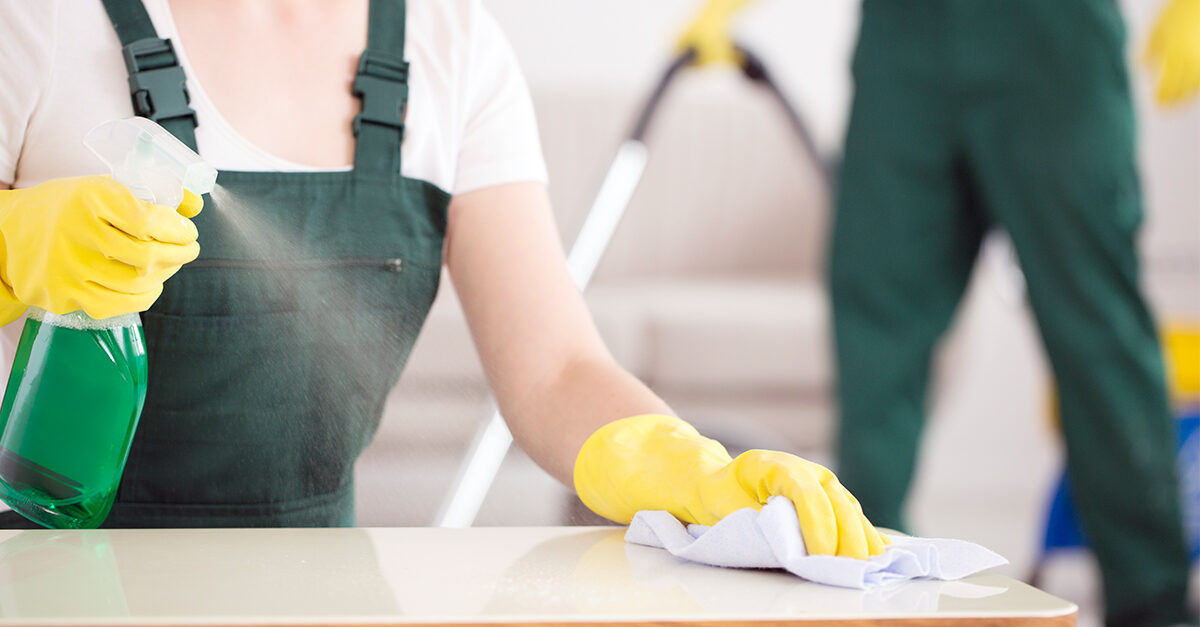COVID-19 taught many lessons including the importance of cleaning and hand hygiene as essential strategies for protecting building occupant health. Unfortunately, not all cleaning is equal. While some facilities clean thoroughly, far too many rely on cheap “trash and dash” strategies that clearly don’t meet cleaning for health standards.
More explanation, please
Perhaps the best way to illustrate this point is through the example of handwashing. The U.S. Centers for Disease Control and Prevention (CDC) recommend washing our hands for 20 seconds to prevent the spread of germs—end of story. Often lost in this recommendation are the details of how to wash hands properly with high-quality soap and warm water, followed by proper hand drying, which also aids in the removal of potentially pathogenic soils. As a result, handwashing becomes superficial and ineffective.
But perhaps most lost in the discussion is the actual process by which hands are thoroughly washed. Handwashing for 20 seconds by simply rubbing the palms of the hands together is inadequate. Thorough handwashing requires washing individual fingers and thumbs—including the knuckles, the creases, the fingertips, and under fingernails—as well as between the fingers and preferably the wrists. The same attention to thoroughness is true for other cleaning activities as well.
Often, we think thorough cleaning focuses on “high-touch” surfaces. Again, the challenge is the lack of detailed understanding of what is meant by a high-touch surface. The CDC provides examples of high-touch surfaces including counters, tables, doorknobs, light switches, stair rails, elevator buttons, toilets, faucets, sinks, and more. But further explanation is essential. For example, a light switch in an office that is unused or has only a single occupant is not a high-touch surface.
Moving toward cleaning thoroughly for health, it becomes more important to focus on the areas in a building that are most used and the surfaces within those areas that are most touched, especially by multiple people.
Let’s measure performance
We can focus on handwashing and cleaning high-touch surfaces, but how do we know we are actually cleaning thoroughly for health? It is time the cleaning industry adopts technology to measure cleaning performance.
One way to support the industry’s cleaning-for-health effort is to adopt tools like adenosine triphosphate (ATP) meters, which are becoming less expensive and easier to use. In fact, the next revision to the U.S. Green Building Council’s LEED Rating System will include, for the first time, a credit for setting up a system for routine use of ATP meters to measure cleaning performance. These meters are commonly used in regulated industries such as food processing and health care to verify cleaning. It is time our industry uses them on a routine basis to move beyond superficial cleaning to thoroughly cleaning for health.



